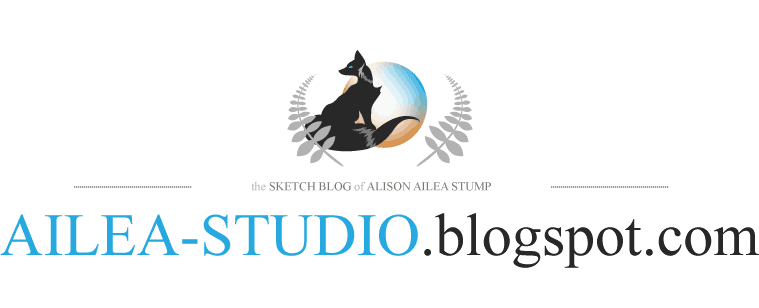In word balloons the type of text used can change the way the words are interpreted. Someone saying, “no you can’t” in a normal font has a very different impact from, “NO YOU CAN’T” or even “no you can’t”. These changes in type face and size impact how readers interpret the words being used. This gives the readers a greater sense of the character’s emotions, their personality, and the theme of the story.

Will Eisner, had an especially good instinct for the combination of textual and visual elements. Whenever he incorporated text it always matched the story he was working on.
 In the Spirit, Eisner really introduced the idea of dynamic text and titles. In every issue of the Spirit the title of the comic would be incorporated into the body of the first page. It would become an element of the storytelling rather than a simple description that is observed in most comics.
In the Spirit, Eisner really introduced the idea of dynamic text and titles. In every issue of the Spirit the title of the comic would be incorporated into the body of the first page. It would become an element of the storytelling rather than a simple description that is observed in most comics. When I'm working on my own comics, I admit that I have a tendency to take the easy road and use computer text, its generally faster and as most of my work is rendered on a computer with a Wacom tablet its faster than printing it out. However, I always do feel a keen sense of disappointment when I look at the finished product. The text element of a visual story must match up to the images that make up the majority of the storytelling or something becomes lost. It is the goal of comic artists to take into account all aspects of their storytelling craft and ensure that no one element will draw to much attention as to pull the audience out of the fantasy that the artist has created.
Here are some interesting pages on text and word balloons in comics.
http://www.chass.utoronto.ca/~mfram/Pages/3036-sound.html
http://comixtalk.com/comic_theory_101_loopy_framing












